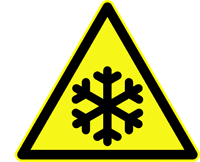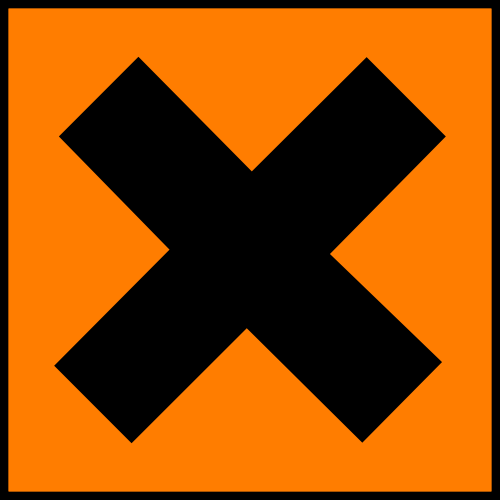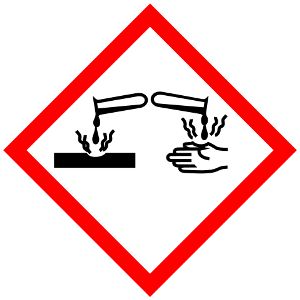FREE CDL Hazardous Materials (HazMat) Endorsement Questions and Answers
What qualifies the hazardous material being transported? Manifests, bills of lading, and shipping orders are all regarded as belonging to this category.
The term that describes shipping orders, bills of lading, and manifests as well as other documents that describe hazardous materials being transported is "shipping paper." Shipping papers are required by the U.S. Department of Transportation's Hazardous Materials Regulations (HMR) and are used to provide important information about the hazardous materials being shipped, as well as the methods of shipment and handling. Shipping papers must accompany hazardous materials during transportation, and they provide essential information for emergency responders in case of any incidents or accidents during transportation.
What is the name of the four-digit code that first responders use to identify hazardous materials and which is preceded by the letters "NA" or "UN"?
The four-digit code preceded by the letters "NA" (for North America) or "UN" (for the United Nations) which is used by first responders to identify hazardous materials is called the identification number. The identification number is assigned to each hazardous material based on its chemical composition, physical characteristics, and potential hazards. The identification number is used on shipping papers, labels, and placards to identify the hazardous material being transported. It is also used by first responders to quickly identify the hazardous material and take appropriate actions in case of any incidents or accidents.
Which of the following ways must the hazardous materials be listed if a shipping paper lists both hazardous and non-hazardous goods?
Hazardous materials must be listed in one of the following ways if a shipping paper lists both hazardous and non-hazardous goods:
first described
colored differently to stand out
It can be recognized by an "X" before the shipping name in the "HM" column. If a reportable quantity is present in a package, the letter "RQ" may be used in place of the letter "X."
A manual on how to protect oneself and the public from hazardous materials is available from the Department of Transportation for use by firefighters, police officers, and industry employees. What is it called?
A manual on how to protect oneself and the public from hazardous materials is available from the Department of Transportation for use by firefighters, police officers, and industry employees. By proper shipping name and hazardous materials identification number, the guide is indexed. These items are searched for by emergency personnel on the shipping paper. It is crucial that the shipping name, identification number, label, and placards are accurate for this reason.
How many feet must you leave between your truck and an open flame when parking it with hazardous materials inside?
According to the U.S. Department of Transportation's Hazardous Materials Regulations (HMR), a truck containing hazardous materials must not be parked within 300 feet from an open flame or other sources of ignition. This requirement is outlined in 49 CFR § 177.834, which specifies the conditions for parking and storing hazardous materials in a safe and secure manner. The purpose of this requirement is to minimize the risk of fire or explosion in case of any leakage or release of hazardous materials from the truck.
All railroad crossings require a stop, EXCEPT when:
When approaching a railroad crossing, stop your car if it:
has a placard
carries any chlorine content
has cargo tanks that are used for hazardous materials, whether they are loaded or empty
Between 15 and 50 feet before the closest rail, you must stop. Only move forward when you can clear the tracks without stopping and are certain there is no approaching train. When crossing the tracks, avoid changing gears.
To determine which materials are hazardous, there are three main lists. One of those lists is which of the following?
When trying to identify hazardous materials, shippers, carriers, and drivers primarily use three lists. Look for a material's name on three lists before transporting it. Some items appear on all lists, while others only appear on one. Always look over the lists below:
Table of Hazardous Materials, Section 172.101
List of Hazardous Substances and Reportable Quantities, Appendix A to Section 172.101
List of Marine Pollutants in Appendix B to Section 172.101.
Advertisement
The following symbol: What does it mean?

Which of the following phrases best describes the most dangerous substance?
The phrase "Danger" best describes the most dangerous substance.
The word "danger" is a warning term used to indicate that something poses a significant risk or potential harm to people, property, or the environment. In the context of substances, "danger" would imply that the substance is highly hazardous, toxic, or potentially lethal if not handled or used properly.
The following symbol: What does it mean?

What does the abbreviation PEL mean?
The maximum permissible exposure for an employee to a chemical substance or physical agent is set by law. Although some are short-term exposure limits (STEL) or ceiling limits, it is based on an eight-hour time weighted average (TWA).
What detail from the list below appears in column 2 of the hazardous materials table?
The detail "Proper Shipping Name" appears in column 2 of the hazardous materials table.
In the context of hazardous materials transportation, the hazardous materials table (HMT) is a comprehensive list that provides essential information about hazardous substances or dangerous goods. This table is used for proper classification, identification, and labeling of hazardous materials during transportation.
SDS stands for what?
SDS stands for Safety Data Sheet.
The following symbol: What does it mean?

Advertisement